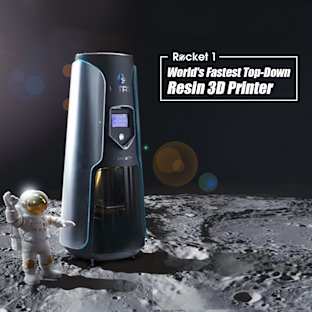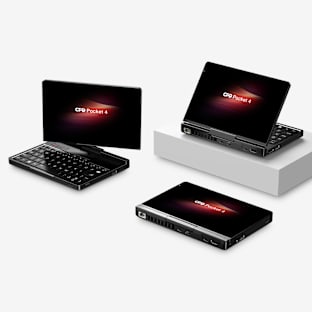What We're Up To:
The Arizona State University Dust Devils Microgravity Team proposes to
utilize the Reduced Gravity Education Flight Program to observe the
coagulation of dust particles in microgravity environments.
We'll spare you the tech jargon and buzzwords (for now*), but can say that this is a VERY cool opportunity for our team and an incredibly exciting experiment! In short, we are flying an experiment that will attempt to answer questions about how our planet, solar system, and galaxies formed BILLIONS of years ago!
Our team consists of highly motivated undergraduate engineering, science and business majors that have worked tirelessly to develop an experiment that would be accepted to the NASA Reduced Gravity Educational Flight Program. The team succeeded in this goal through superb interdisciplinary cooperation with only a 16% acceptance rate (the lowest ever) AND the shortest turnaround time for the experiment to be flown!
What We Need From You:
Here is where you come in, we now need to be able to pay for the experiment, travel, and other expenses that accompany such a wonderful opportunity as this! We have already built the majority of the experiment and raised as much as possible, but we still need YOUR help to get us to NASA's Johnson Space Center in Houston, as well as finish off some more intricate details of the experiment.
Thank you very much for your enthusiasm and support in funding this campaign, and we hope you enjoy the perks we have provided!
*see below the team description for all of the wonderful, glorious, science and engineering speak.
Highly Technical Science and Build Breakdown:
The experiment will focus on determining the mechanisms
responsible for triboelectric charging of particles by varying size and
composition of the dust particles studied. The microgravity environment
will enable the observation of these weaker dipole interactions between
particles. Better understanding of this coagulation mechanism will
provide insight into the formation of planets from proto-planetary disks
as well as the charging effects of particles on planetary surfaces.
Experiment Structural Design
The 11 chambers with partial vacuum are cylindrical made out of
machined Aluminum-6061 alloy with a pressure-rated, heat-resistant
Borosilicate glass to serve as the end-caps and viewing windows. O-rings
will be used to seal and maintain the chambers at the low pressure
values. The ten chambers will be mounted and secured within an aluminum
frame in two rows of five with the additional chamber, containing the
meteorite sample attached at one end. The containment frame is
constructed from 1/8” thick and 1” wide angled aluminum and will be
mounted in a larger outer frame to secure the chambers as well as
vacuum tubes, lights and cameras, and external activators, such as the
vibration tools to move the dust particles. The entire structure will be
entirely contained and bolted down to a polycarbonate flight box. The
edges of the flight box are padded in order to prevent possible injury
during flight. It will be secured to the aircraft floor with 6 cargo
straps. The computer controls will be housed in a case outside of
the polycarbonate protection case for ease of access but still strapped
to it for safety. The approximate size for this experiment is 15” x 36” x
15”.


































